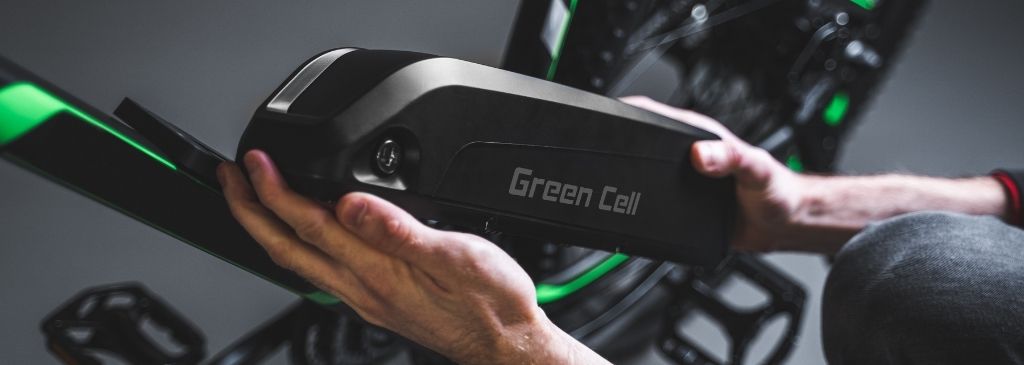Why is the popularity of electric bicycles growing? It is simple: it ensures that we ride a given distance with less effort. However, an ebike needs a power source, i.e., a battery. How do you choose the right one? In this article, you will find out the following:
- what types of batteries are there for e-bikes,
- and which type of battery is best.
Battery types for e-bikes
There are five main types of batteries for electric bicycles:
- lithium-ion (Li-Ion),
- lithium-polymer (Li-Poli),
- Nickel metal hydride (Ni-Mh),
- Nickel-cadmium (Ni-Cd),
- and gel.
Which should be avoided when choosing a battery for an e-bike? Definitely gel batteries should not be your first choice. They are not as shock resistant as, for example, Li-Ion batteries. This is particularly important if you intend to travel your e-bike over mountainous or rugged terrain. They do not have a BMS that monitors battery discharge and charge, so fitting them into an e-bike is risky. The battery can be destroyed if the charging voltage is not adjusted correctly. In addition, it is already challenging to find a bike on the market that has a gel battery.

Also lithium polymer batteries are not shock resistant enough. They are also more expensive because they have higher production costs. Compared to Li-Ion batteries, they also have a shorter lifespan. In contrast, nickel-cadmium batteries have been withdrawn from sale in the European Union. They were replaced by Ni-Mh batteries.
It is important to remember that the accessories, i.e., the motor and controller usually work with particular chemistry. This means that if you have a bike that has been factory-equipped with a Ni-Mh battery, it may not be possible to switch to another battery type.
Lithium-Ion batteries for electric bicycles
The most common type of battery used in e-bikes is a lithium-ion battery. Why?
Firstly, Li-Ion batteries have better weight-to-capacity ratio. In other words, they are much lighter than other battery types. A long service life also characterizes them. Typically, e-bike batteries lose their performance at a high level after 700-800 charge cycles. They are still functional while their capacity is reduced.

Li-Ion batteries for e-bikes maintain up to 80% of their original capacity after 800 charging cycles. As a result, Li-Ion batteries are simply more efficient and will serve users longer at a really high level. Of course, everything also depends on the quality of the cells used. In addition, they are equipped with the BMS, a system that monitors and adjusts the charging and discharging parameters of the battery.
Types of e-bike batteries and where to mount them
Now that we know that the best types of e-bike batteries are lithium-ion, it is worth looking at another typology. Where and how to mount it is a significant consideration when choosing a battery for an e-bike.
- Silverfish – the most common battery for e-bikes. It can be placed on the rack or in the rear of the frame. It depends on its design.
- Bottle Batteries – are bottle shaped and most commonly fitted in place of a bike bidon.
- Down Tube batteries – in this case, there is almost exclusively a bidon mounting.
- Rear Rack Batteries – these are mainly used on city bikes. The batteries are mounted at the rear of the e-bike in place of the rack.
- Intube batteries – i.e. batteries built into the bike’s frame. This is an increasingly common solution, thanks to which the unicycle retains its aesthetics.

When choosing a battery for an e-bike, there are a few essential things to consider. In addition to the type of cells used, and how and where they are mounted, the battery must be compatible with your vehicle. It is also worth considering your needs and how much distance you want to cover on a single charge.
At batteryempire.co.uk you will find a wide range of batteries for e-bikes. We particularly recommend GC PowerMove batteries from Green Cell, assembled in a factory near Krakow, Poland.
Related posts
Most viewed entries
- Electricity in a camper van on holiday – a conundrum easily solve
- Off-grid installation on a plot. Is it worth it?
- Charging your electric car at home without a wallbox
- Inverter – what it is and what it is used for
- Zero VAT on energy storage in the UK possible soon
- Greece sets aside €200 million for photovoltaic subsidies!

